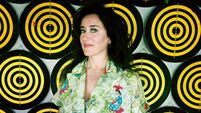Belonging exhibition displays 82 European artworks in Limerick
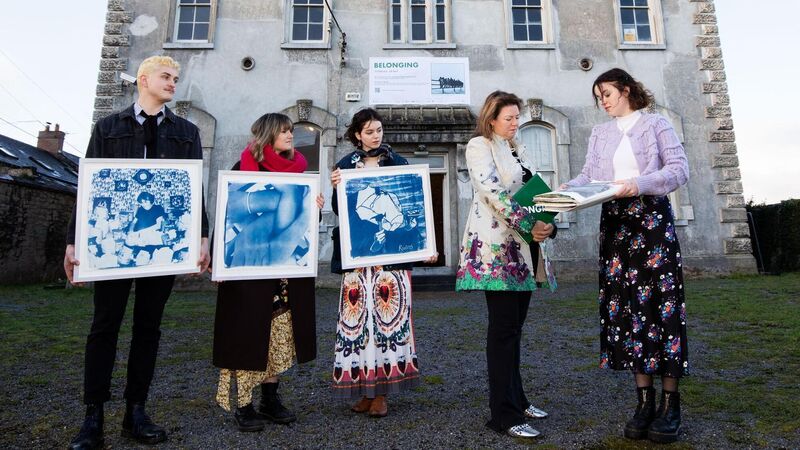
At the Sailors Home Limerick, for the launch of the Belonging exhibition were, LSAD students, Liam McHale, Eva O'Keeffe, Hazel Gardner and Sinead Gaughran, with curator Delphine Munro. Picture: Alan Place
Paula Rego, Anish Kapoor, Seán Scully and Marlene Dumas are just some of the international names who feature in Belonging, a major exhibition that recently opened in Limerick city. Eight different venues around the city play host to a total of 82 works drawn from the collection of the European Investment Bank, by artists from all 27 countries of the European Union, along with the UK.
Belonging is a pivot for the European Expo 2022, a series of events and celebrations intended to communicate national and European culture and co-operation in art and creativity, education, environment and economics.
The exhibition is curated by Delphine Munro, the EIB’s Head of Arts and Culture.
“My role at EIB is to oversee the acquisition of new works and manage the collection,” says Munro. “When the bank first started acquiring art, it mainly focused on old masters and some 19th and 20th-century works. But a proper arts committee was established in the 1990s, and the focus since has been to only acquire contemporary artists.
“There are three criteria. The artist has to be alive at the time of acquisition; he or she has to have a European passport or reside in one of the EU members states; and the artwork has to postdate 1958, which is the date of the Treaty of Rome, and also the creation of the European Investment Bank. In recent times, all the works acquired have been created within the previous three years.”
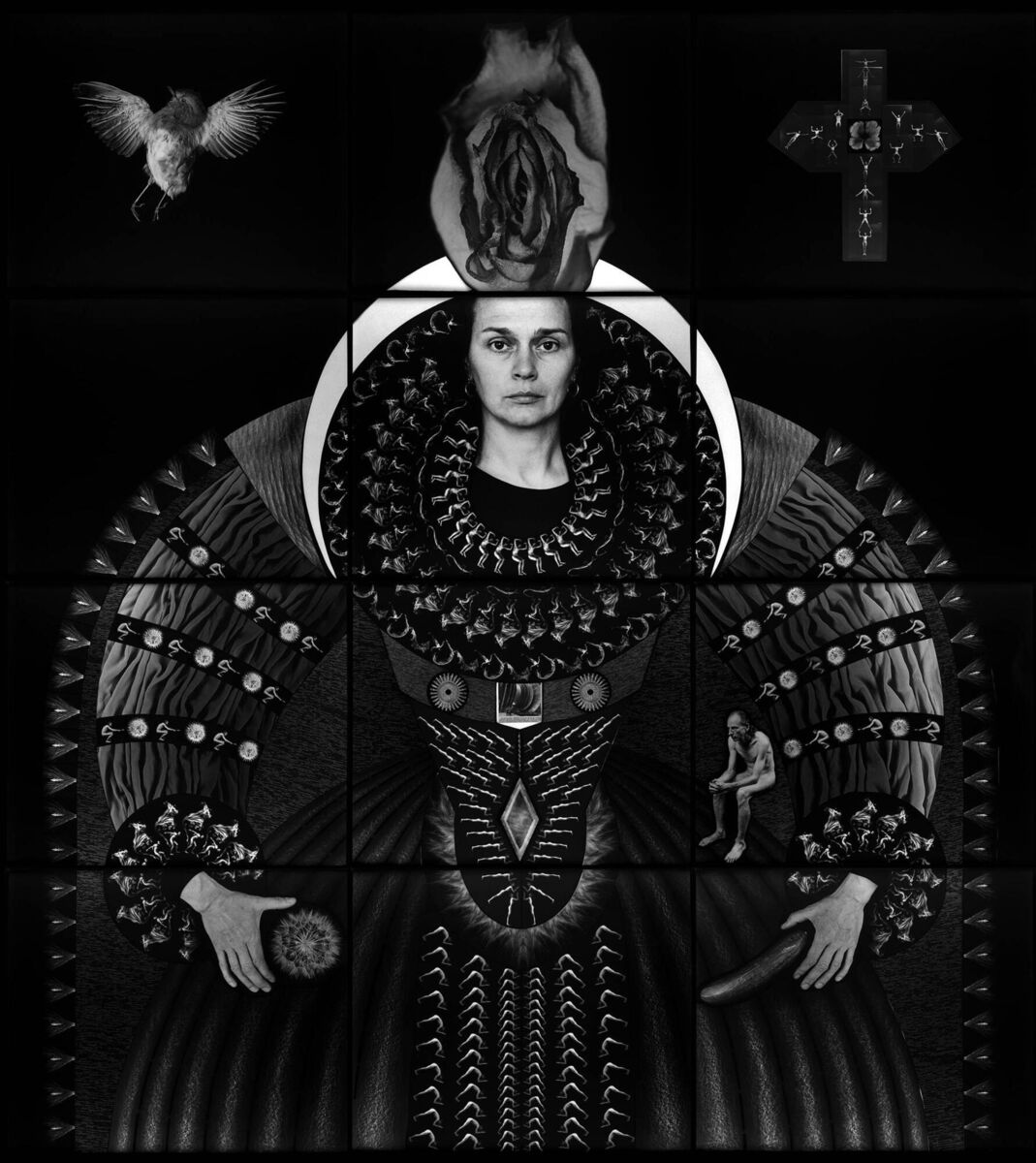
Among the slew of younger artists included in Belonging is Mark McGuinness, who holds a BSc in Product Design from the Dublin Institute of Technology, and Niamh Schmidtke, who completed a Bachelor’s Degree in Sculpture and Combined Media at Limerick School of Art and Design in 2019.
“Both participated in EIB’s artist development programme, which supports four artists in residence every year. They usually come to a beautiful listed heritage site in Luxembourg, where they have living accommodation and a working space. Each year, I curate an exhibition, and we produce a publication. But this year, it’s the tenth anniversary of the programme, and the residency will be based in Paris, France.”
Munro is impressed by how young artists such as McGuinness and Schmidtke are engaging with contemporary social issues and current affairs. “What I am very much interested in is the fact that the boundaries between the artistic world and research, economics, health and so on are becoming more and more blurred. Many artists now have what we call a research-based practice. They do not make art for art’s sake, but to talk about social or political issues. This is what resonates with me personally.”
She sees no problem in a financial institution such as the EIB acquiring or promoting work that challenges the system. “For a start, EIB is not a commercial bank, it’s a European institution; it finances long term projects within the EU. Also, we see the collection as part of what we call corporate social responsibility. Art is not there to have a purely decorative function, it’s a life communication tool, and our role is to champion cultural diplomacy.
“An exhibition such as Belonging is also a way to foster community engagement. In Limerick, the idea is to create a dialogue with the various communities, to have mediation, so we have organised educational programmes with students, as well as with younger and older audiences.”
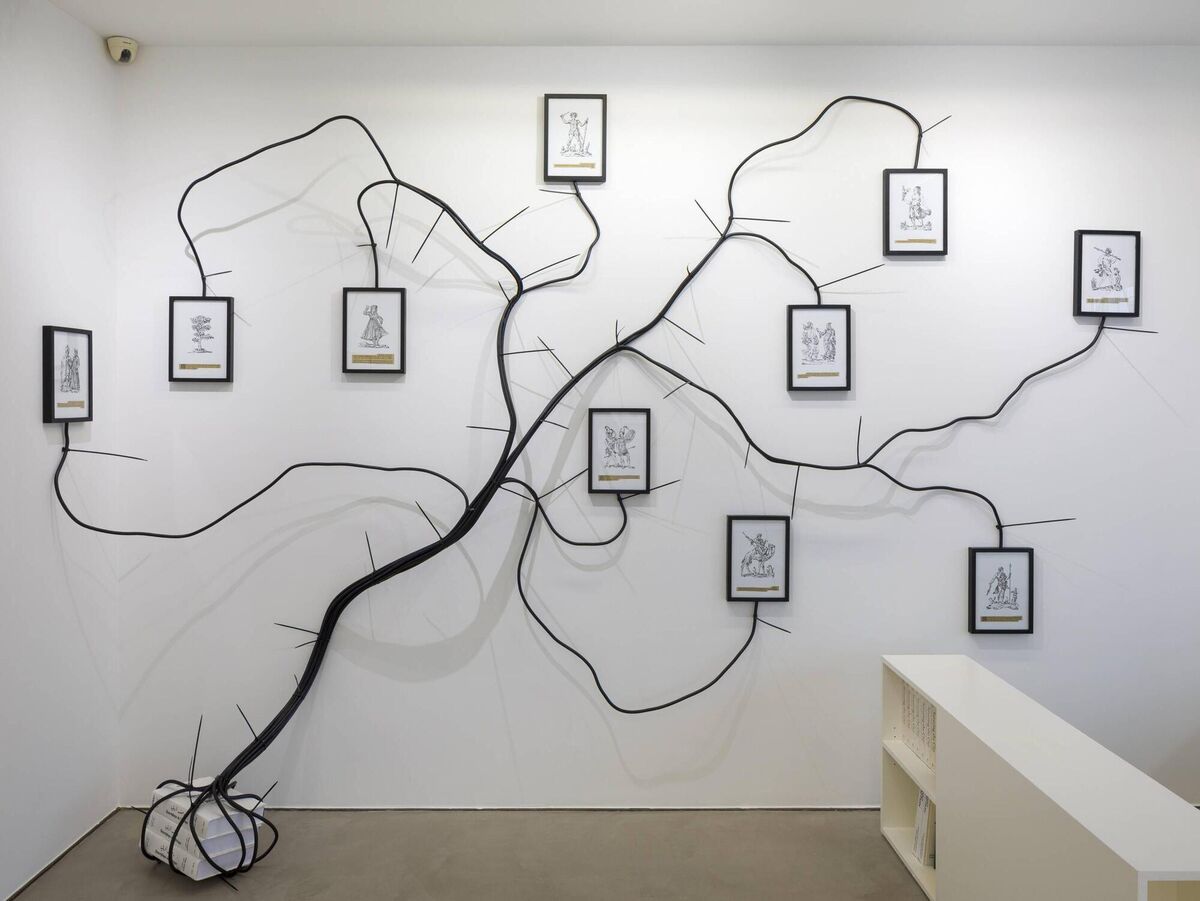
The Belonging exhibition is spread across the Hunt Museum, Limerick City Gallery of Art and the People’s Museum, as well as Mary Immaculate College, Sailors Home, St Mary’s Cathedral, and the University of Limerick’s Plassey House and Bourn Vincent Gallery.
“What is so unique is to exhibit so many works in all these different settings. At LCGA, for instance, you have all these important historical works. At Mary Immaculate, there is very recent work by socially engaged, sometimes quite provocative artists, which should be of interest to the younger population. At the Bourn Vincent Gallery at UL, it’s a whole exhibition on the theme of landscape. At the Sailors’ Home, there’s mainly very important architectural work, and at St Mary’s Cathedral, we have three works which allude to or reference religion.
“I strongly encourage people to go from one venue to another.” Belonging might never have happened had the proposal to host the exhibition not been included in Limerick’s bid to be European Capital of Culture in 2020. The city lost out to Galway, but there was such enthusiasm for the project that it has gone ahead anyway.
“At EIB, the idea is to share our collection as much as possible,” says Munro. “We’ve done a number of exhibitions across European capitals, but this is the first time we’ve done one in a non-capital city. But it’s been very interesting, we’ve been really welcomed in Limerick, and I hope we will do more.”
- Further information: huntmuseum.com/whats-on/belonging
In works such as Description de l’Afrique (Rhizome), the Moroccan artist Mohssin Harraki uses drawing, video and installation to question social and political issues.
Niamh Schmidtke is of dual Irish / Swedish heritage. In Foundations, she uses a digitally carved sandstone block and fired ceramic tiles to visualise the projected cost of carbon up to the year 2050.
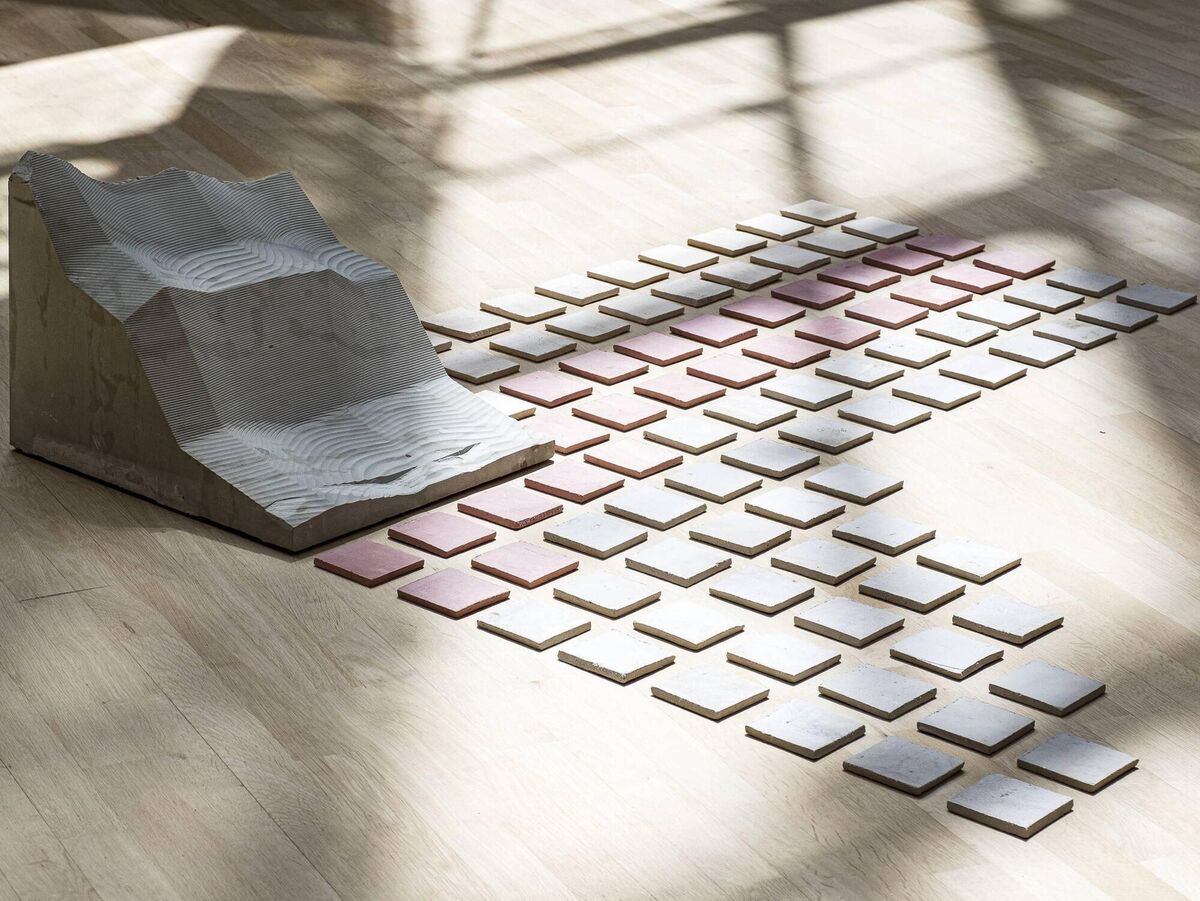
Zofia Kulik is a Polish artist, born in Wroclaw in 1947. Her work is often political in nature. In Splendour of Myself IV, which combines B/W photography and collage, she reimagines herself as ‘the Virgin Queen’, Elizabeth I of England.
Charles Sandison was born in Northumberland, UK in 1969 and now lives in Finland. His Untitled/Portrait is one of a series of digital images based on numerical patterns.
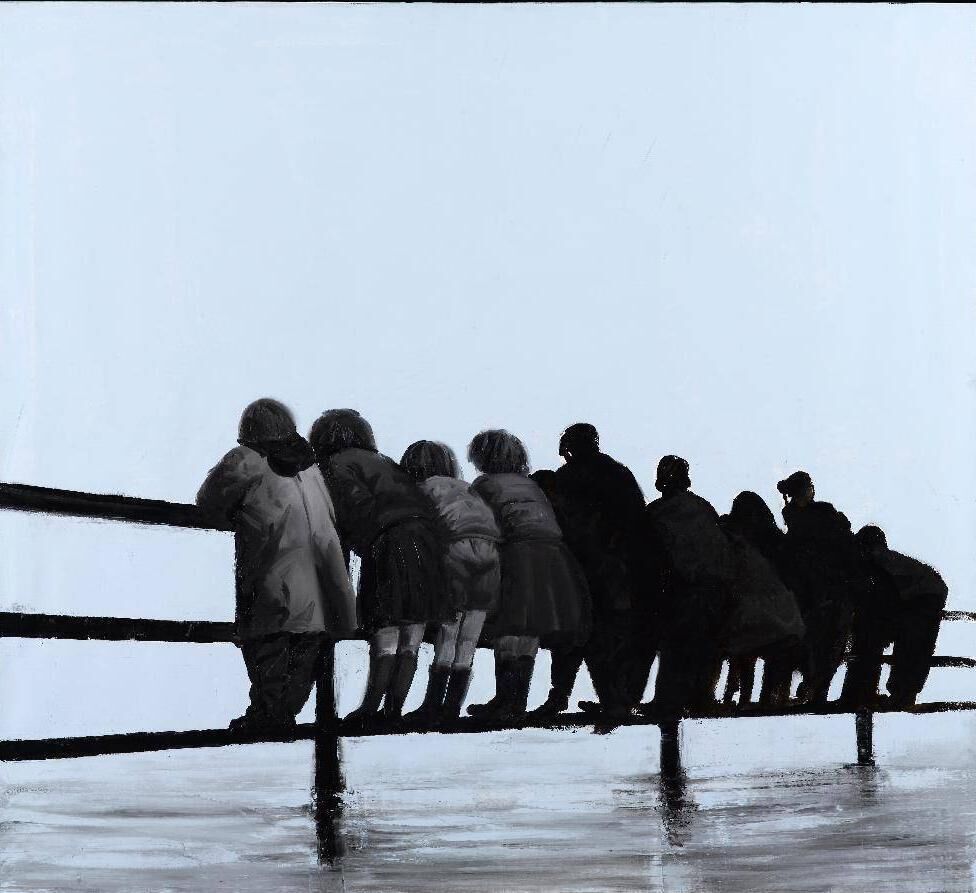
Mirces Suciu is a Romanian artist, born in 1978, who specialises in painting. Wow depicts a row of children on a fence, balancing above a body of water.



